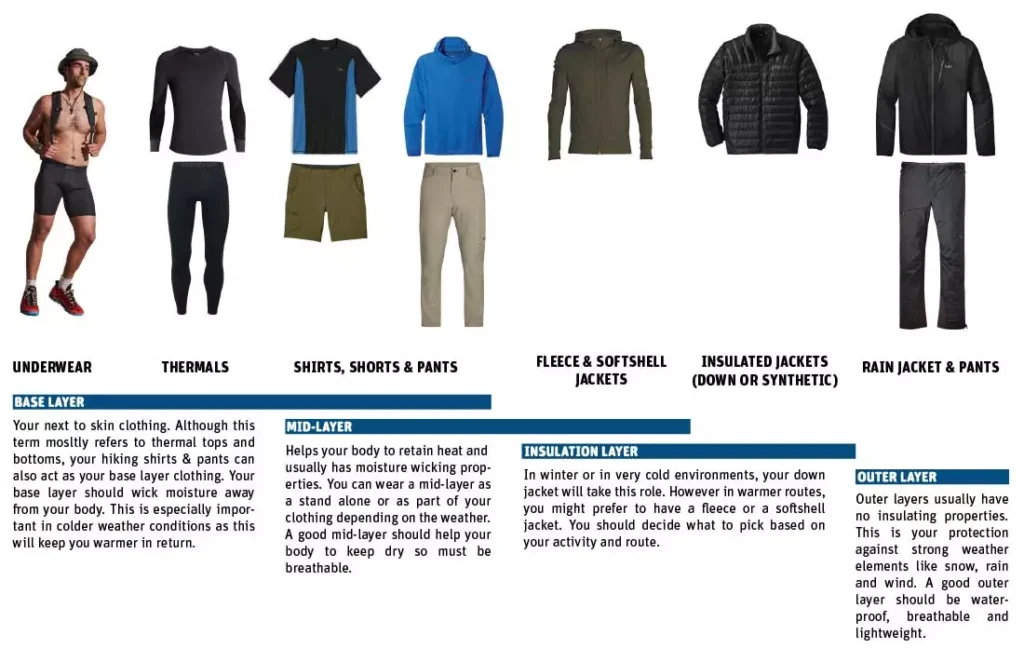
Hiking clothes guide, summer vs winter hiking attire, best hiking fabrics, hiking layering system
Hiking clothes guide, summer vs winter hiking attire, best hiking fabrics, hiking layering system
What you wear on the trail can make or break your hiking experience, especially when the seasons change. Summer and winter hiking each demand specific clothing strategies to ensure comfort, safety, and performance. This comprehensive guide covers everything you need to know about hiking attire, from layering principles and moisture-wicking fabrics to essential accessories for all weather conditions.
Why Proper Hiking Attire Matters
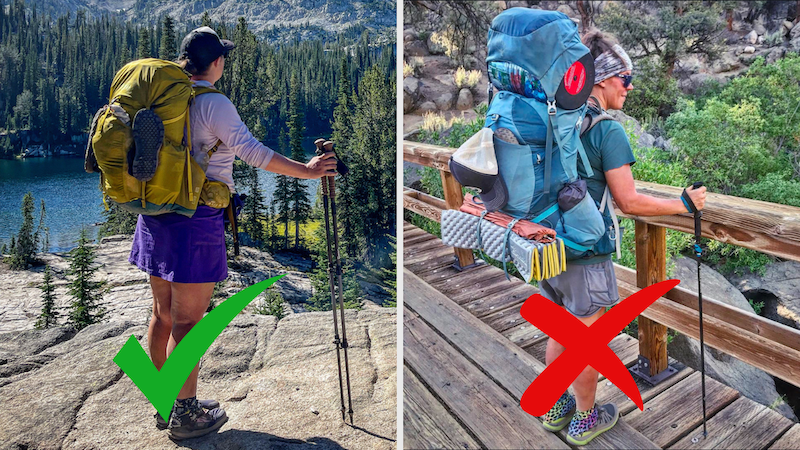
Inappropriate clothing can lead to discomfort, overheating, hypothermia, or even serious medical emergencies. Understanding what to wear for different conditions ensures you stay dry, warm (or cool), and protected.
The Golden Rule: Layering
Layering applies to both summer and winter hiking. The three-layer system includes:
1. Base Layer
- Function: Moisture-wicking to keep sweat off your skin.
- Materials: Merino wool, synthetic fibers (polyester, nylon).
- Avoid: Cotton (retains moisture).
2. Mid Layer
- Function: Insulation to trap body heat (winter) or remain light (summer).
- Materials: Fleece, down, synthetic insulation.
3. Outer Layer (Shell)
- Function: Protects against wind, rain, snow.
- Materials: GORE-TEX, eVent, windproof membranes.
Summer Hiking Clothing Guide
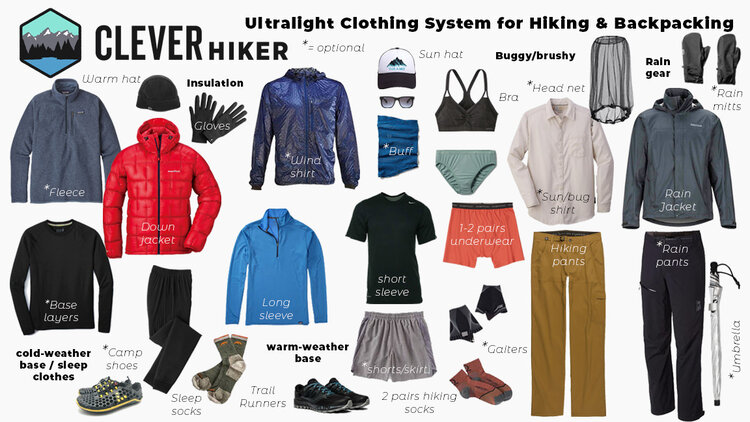
1. Tops
- Base Layer: Lightweight moisture-wicking shirts.
- Recommended: Short or long sleeves with UV protection.
2. Bottoms
- Materials: Quick-dry nylon or polyester.
- Options: Convertible pants (zip-off legs), shorts.
3. Footwear
- Breathable trail runners or hiking shoes.
- Moisture-wicking socks (Merino wool).
4. Accessories
- Hat: Wide-brimmed or cap for sun protection.
- Sunglasses: UV400-rated lenses.
- Neck Gaiter: For sun and dust protection.
5. Optional Gearhttps://hikingrevels.com/
- Light gloves for sun protection.
- Cooling towel.
Winter Hiking Clothing Guide

1. Tops
- Base Layer: Long-sleeve thermal (Merino wool or synthetic).
- Mid Layer: Fleece or insulated jacket.
- Outer Layer: Waterproof and windproof shell.
2. Bottoms
- Insulated hiking pants or fleece-lined tights.
- Gaiters: Prevent snow entry.
3. Footwear
- Insulated, waterproof hiking bohttps://hikingrevels.com/ots.
- Thermal socks (avoid thick cotton).
4. Accessories
- Hat/Beanie: Insulated, wind-resistant.
- Gloves: Waterproof, insulated.
- Balaclava or neck warmer.
5. Optional Gear
- Microspikes or crampons.
- Snow goggles.
Moisture Management: The Key to Comfort
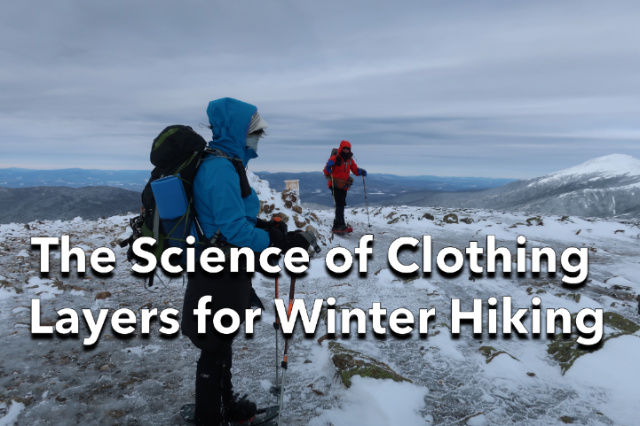
Whether hiking in heat or snow, keeping moisture away from your skin prevents chafing, hypothermia, or overheating.
https://www.erinexploring.com/blog/winter-hiking-clothes-and-gear-guideBest Fabrics:
- Merino Wool: Naturally antimicrobial, regulates temperature.
- Synthetic Fibers: Quick-drying, affordable.
Essential Accessories Comparison: Summer vs Winter
| Accessory | Summer Use | Winter Use |
|---|---|---|
| Headwear | Sun Hat or Cap | Insulated Beanie |
| Neck Protection | Light Neck Gaiter | Fleece Neck Warmer or Balaclava |
| Eyewear | Sunglasses (UV400) | Snow Goggles or UV Sunglasses |
| Gloves | Lightweight (optional) | Insulated, Waterproof Gloves |
| Footwear | Breathable Trail Runners/Shoes | Insulated, Waterproof Boots |
| Socks | Moisture-Wicking Light Socks | Thermal Wool Socks |
Mistakes to Avoid
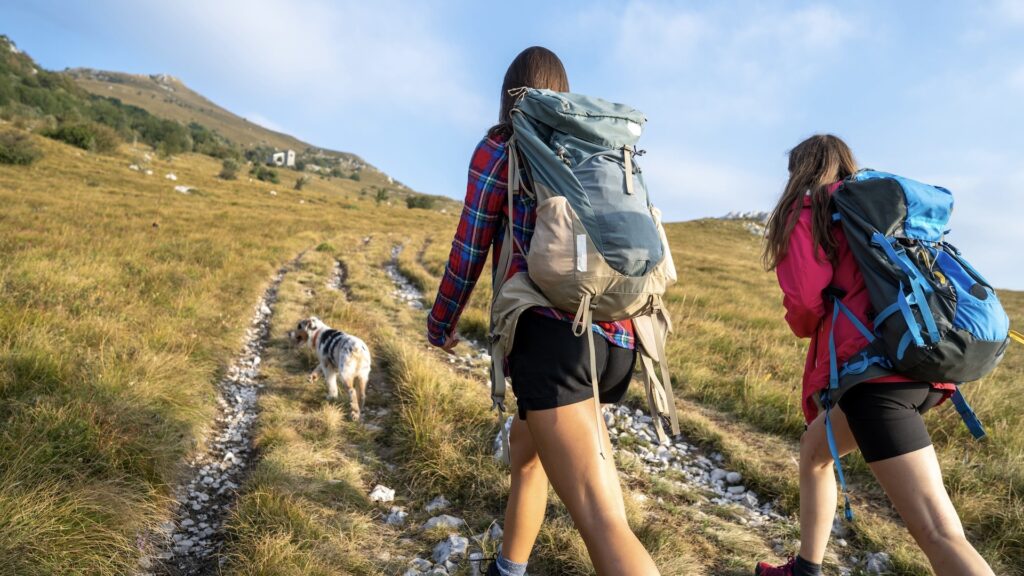
Summer:
- Wearing cotton.
- Skipping sunscreen.
- Not protecting neck and ears.
Winter:
- Overdressing (causing sweating).
- Ignoring extremities (fingers, toes, face).
- Wearing non-waterproof footwear.
Real-World Case Studies
Summer Incident:
A hiker in Arizona suffered heatstroke after wearing heavy, non-breathable clothing and carrying no sun protection. Lesson: Choose lightweight, UV-protective gear.
Winter Incident:
A beginner hiker in the Rockies developed frostbite due to lack of insulated gloves and wet cotton socks. Lesson: Prioritize moisture-wicking, insulated, and waterproof gear.
Conclusion
Choosing appropriate clothing for hiking—whether in blazing heat or freezing snow—is essential for safety and enjoyment. Master the art of layering, understand the purpose of moisture-wicking fabrics, and always prepare for sudden weather changes. The right attire allows you to focus on the beauty of the trail rather than discomfort or danger.

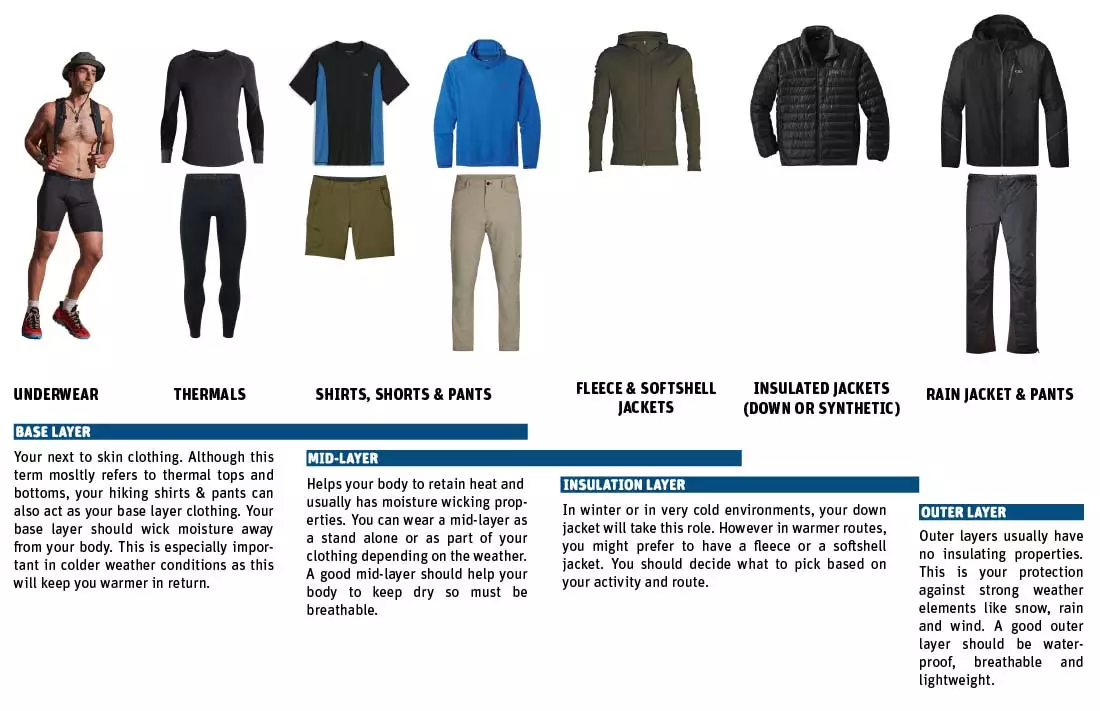
No responses yet